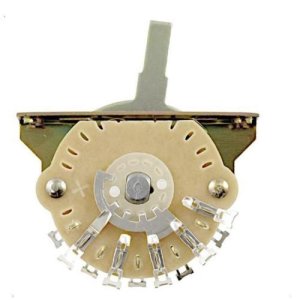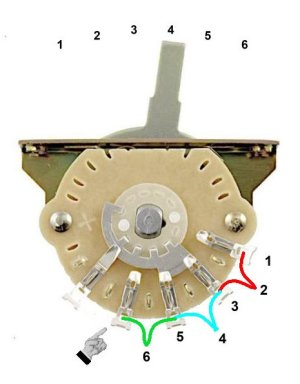Artie
Peaveyologist
While doing research on Mincer's project, I discovered this switch:
https://guitarelectronics.com/6-way-guitar-lever-switch-oak-grigsby/
I don't know how long this has been available, but I've never seen it before. Just like a 5-way, but with one extra position. Opens up all kinds of possibilities. I've got my drawing board set up as we speak.
https://guitarelectronics.com/6-way-guitar-lever-switch-oak-grigsby/
I don't know how long this has been available, but I've never seen it before. Just like a 5-way, but with one extra position. Opens up all kinds of possibilities. I've got my drawing board set up as we speak.


